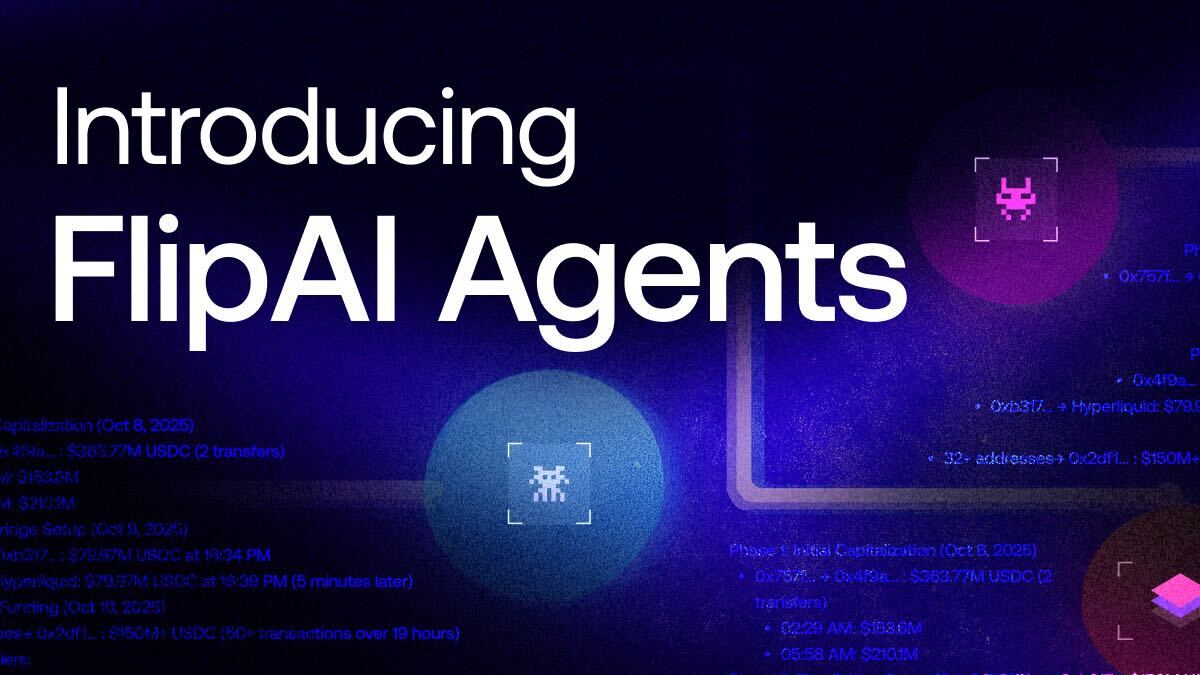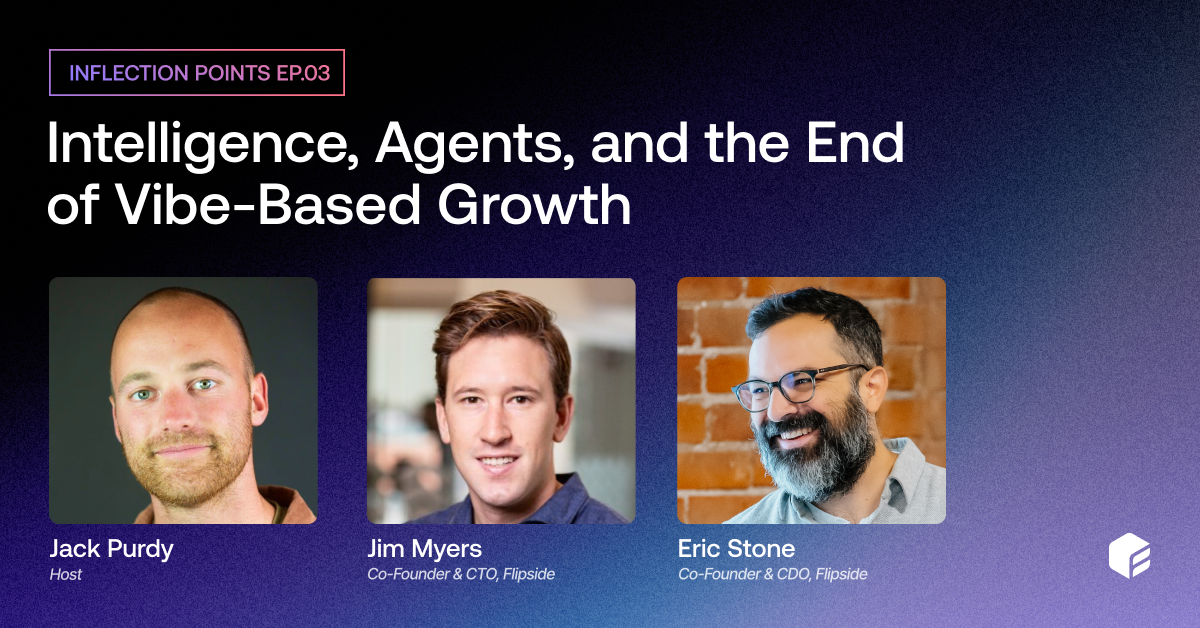The Advantages of Parallel Chains

The Parallel Advantage
At the start of 2024, parallelized blockchains are having a moment. Players like Monad and Sei are poised to release EVM-compatible parallelized L1s for the first time in crypto. The users and the market are here for this breakthrough.
A lot of this excitement is getting channeled into market hype for Sei and its promise, although it is not yet EVM-compatible in the current v1. This is great news for anyone following Monad as well. Everything is primed for parallelized EVM-compatible tech to launch. Crypto is eager to bridge the divide between fast and low-cost parallelized blockchain technology on one hand, and user-dominating Ethereum and EVM chains on the other.
What exactly are the advantages of parallelized execution technology that spur this excitement? In what ways do EVMs currently lag that parallelized tech can transform? A good way to understand this is by comparing existing parallel chain stats to the EVM blockchains’ performance and user experience. This Flipside dashboard by 0xham3d and h4wk provides the stats – let’s dive into what this data means for parallelized chains.
How do parallelized blockchains work?
There are two ways to execute onchain transactions: sequential and parallel. Ethereum and the blockchains that utilize the Ethereum Virtual Machine currently use the sequential approach, confirming all transactions one by one. Parallelism, used by Solana, Aptos, and Sei, allows for simultaneous execution of many transactions.
To know which activities can get processed at the same time, it helps to understand the difference between dependent and independent transactions. If Alice sends ETH to Bob and Bob sends ETH to Carol, both of these transfers reference the state that is Bob’s wallet ETH balance. They are not independent and need to happen in order. But if Alice sends ETH to Bob, while Dave is adding tokens to a Uniswap liquidity pool, those transactions are mutually independent. While EVM chains currently must get to all transactions one by one, parallelized chains execute independent transactions simultaneously.
Parallel advantage #1: Faster transactions and blocks
Parallel execution makes a chain more efficient and enables scale. Parallel chains can validate more transactions every second of every day, and grow that number nearly unconstrained (except by validator hardware). This translates to a notably faster user experience. Parallel execution chains are blazing fast, with 4-7x higher transaction per second speed than the competitors (Image 1). An average block takes 12 seconds to confirm on Ethereum, and only a fraction of a second on either Solana, Aptos, or Sei (Images 2 and 3).



Parallel advantage #2: Low transaction fees
Since transaction throughput is significantly higher on parallelized chains, there is less need for users to compete for scarce spots on each block. That means goodbye to transaction fee bidding wars! Transaction costs are negligible on parallelized networks: an average transaction fee for the past month across Solana, Sei, and Aptos is two-fifths of a US cent (Image 4). Even the cheapest of EVM L2s – Polygon – costs an average user 4.5x more. But this advantage is most striking when compared with Ethereum mainnet fees, which come in at almost 2,000x of parallelized chain fees and are notoriously spike-prone.

Users embrace the parallel advantage
Granted, the day has not yet come where another blockchain with an app layer overtakes Ethereum by the number of users. Daily active user (DAU) wallet count remains significantly higher collectively on EVMs, led by Ethereum, than on the parallelized chains.
But parallel chains are poised to grow. The past month’s Sei growth is an example, with DAUs that jumped from 1k to as high as 28k (Image 5). ,

However, data shows that each address transacting on parallel execution blockchains is individually more active. With only a half to a third of the DAUs that the EVMs have (Image 6), parallelized chains process 4-6x more transactions most days, an indication of how active parallel chain addresses are.

Moreover, parallelized chains are activating new and reactivating dormant users at a faster pace. The speed of new user activation and dormant (last active before 2023) user reactivation is on the uptrend on parallel execution networks, and remains relatively steady on the EVMs. Curiously, there was a day in the second half of December 2023 where parallel chains surpassed EVM in the number of onboarded and reactivated users, 63.9k new addresses to 55.6k (Image 7).

What do users want next?
,
A key development coming to the “parallelized vs. EVM chains” narrative is that it will not have to be one vs. the other much longer. Monad is soon releasing their EVM-compatible parallelized L1, and Sei is also making waves recently with its upcoming parallelized launch.
,
In recent days and weeks, the market left no doubt about what excites it. The announcement of a future parallel EVM drove $SEI token price up 71% (7 day growth until January 4th, 2024). In an activity boom, Sei daily swap volume skyrocketed from 68k at the beginning of December to surpassing a staggering 15.8m at the start of January (Image 8).
,

This rally speaks both to the appetite for parallelized tech, and to the generous growth potential for parallel chains. Unlocking the EVM user pool is an opportunity for parallelized chains to climb closer to EVM DAU stats. These indicators are a buoyant signal for Monad and its upcoming parallel EVM release.
This market excitement and user growth tell a powerful story. The data is clear – both the market and users crave a parallelized EVM chain, making the release of Monad more anticipated than ever.
Note
This article presents a wide array of verifiable on-chain data. The interpretations of the data should not be construed as definitive evidence of direct causality between the data and specific real-world events. Readers are encouraged to use their judgment and conduct further research when drawing conclusions from the data.
Sources
- 0xHamed, H4wk. “EVM vs Parallel Blockchain Comparison.” Flipside Crypto. Updated January 2024. https://flipsidecrypto.xyz/ambassadors/rwvRRC
- 0xhess.”Sei: Swaps (30D).” Flipside Crypto. 2024. https://flipsidecrypto.xyz/hess/sei-swaps-30d-GEAJmg
- CoinMarketCap. $SEI token price. CoinMarketCap. Accessed 4 Jan. 2024. https://coinmarketcap.com/currencies/sei/
- Fouda, Mohamed. “The Case for Parallel Processing Chains.” Alliance on Medium. 9 Sep. 2022. https://medium.com/alliancedao/the-case-for-parallel-processing-chains-90bac38a6ba4
- Hon, Keone (keoneHD). “Monad is probably best known for its Parallel EVM …].” Twitter. 1 Jan. 2024. https://twitter.com/keoneHD/status/1741876637132546209
- Malwa, Shaurya. “Sei Network Emerges as Latest Crypto Favorite; Meme Coin SEIYAN Leads Bets.” Coindesk. 2 Jan. 2024. https://www.coindesk.com/markets/2024/01/02/sei-network-emerges-as-latest-crypto-favorite-meme-coin-seiyan-leads-bets/
- Monad Documentation. Monad. Accessed Dec. 2023. https://docs.monad.xyz/
- SeiNetwork. “Sei v2: Parallelizing the Ethereum Execution Environment ...].” Twitter. 29 Nov. 2023. https://twitter.com/SeiNetwork/status/1729867190671941636
- Yyctrader. “SEI Surges To All-time High As ‘Parallelized’ Layer 1s Rally.” The Defiant. 20 Dec. 2023. https://thedefiant.io/sei-surges-to-all-time-high-as-parallelized-layer-1s-rally







